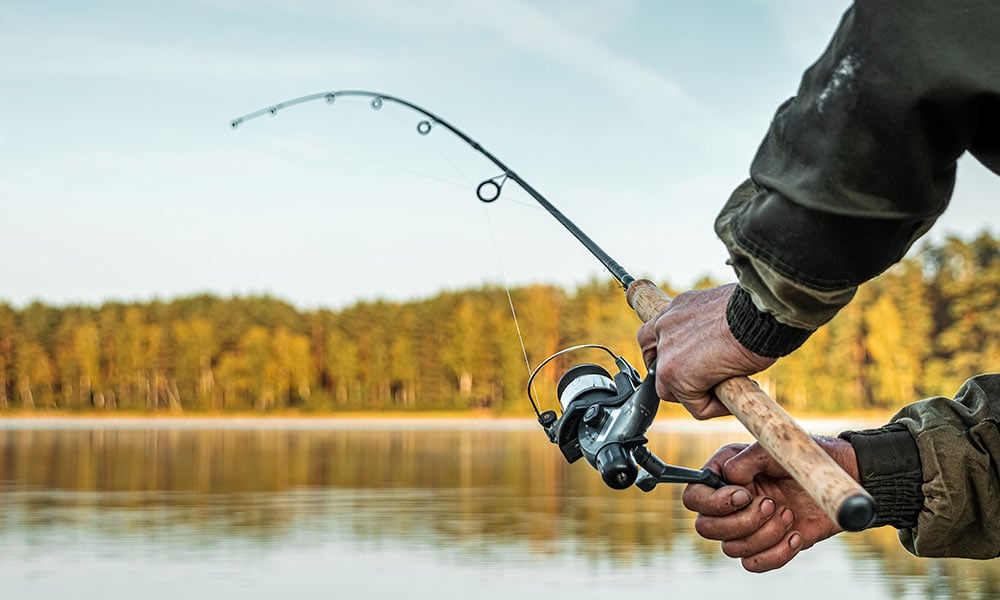Home » Fishing Methods » Spin Fishing
Explore trusted lodges and expert-guided trips offering spin fishing in saltwater and freshwater settings.

No results available
Spin fishing is all about versatility and reaction. With a fixed spool reel and weighted lures, it allows precise control over depth, speed, and retrieve—making it highly effective for both active and ambush-feeding fish in a range of environments.
Unlike fly fishing, spin casting relies on the weight of the lure or jig to carry the cast. This makes it easy to cover water quickly, probe structure, and trigger strikes with lifelike movement. It’s well-suited to lakes, rivers, and coastal zones—and appeals to anglers looking for direct feedback, adaptability, and results across species and water types.
Spin anglers target salmon, pike, and trout in Canada and Alaska, with guides often recommending spoons, plugs, or spinners for their visual appeal and depth control. These fisheries combine coldwater predators with rugged wilderness.
Scandinavian countries offer prime waters for pike, zander, and sea trout. In Finland, anglers work lakes and rivers with jigs, soft plastics, and hard-bodied lures—especially during peak summer and fall feeding windows.
From Tanzania’s tigerfish rivers to Gabon’s estuary systems, Africa offers hard-hitting spin targets. Fast retrieves, topwater plugs, and subsurface twitch baits are ideal for provoking reaction strikes.
In Argentina and Chile, spin gear is used to target migratory salmon, resident trout, and native predators like perch and wolf fish. These settings reward varied retrieves and adaptable gear setups.
Rod selection depends on species and travel needs. Four-piece medium or medium-heavy rods around 7 ft offer a good blend of casting range and control. Fast action tips enhance hook-setting and lure sensitivity, especially when using soft plastics or jigs.
Reels should balance power and smoothness. A 2500–4000 size reel with a solid drag system covers most freshwater and inshore species. For saltwater or larger predators, look for sealed drags, strong gearing, and corrosion resistance.
Lines should match conditions. Braided mainline with fluorocarbon leaders gives strength and stealth. Carry options from 10 lb to 30+ lb depending on target species. For remote trips, bring spare spools and leader materials in various diameters.
Lures should be well-organized by action, depth, and region. Include spoons, spinners, jerkbaits, soft plastics, and topwaters in multiple sizes and profiles. Pay attention to local regulations—barbless or single-hook setups are often required at premium lodges.
FishingExplora connects you with spin-friendly lodges where guides understand the gear and style. Whether you’re bouncing jigs in Arctic rivers, casting poppers in estuaries, or twitching crankbaits through jungle creeks, each trip is designed to match your spin fishing approach with the right environment, season, and target species.
A medium-fast 7′ travel rod (4-piece) with a 3000-size reel handles most freshwater and light saltwater targets. Bring braid (15–20 lb) and leader spools from 10 to 30 lb for flexibility across species and locations.
Yes—braid offers sensitivity and strength, while fluoro provides low visibility and abrasion resistance. Use a double uni or FG knot for smooth connections through guides.
Look for sealed drags, smooth startup, strong anti-reverse, and salt-ready bearings (if fishing in saltwater). Spare spools can be pre-rigged for quick changes in depth or target species.